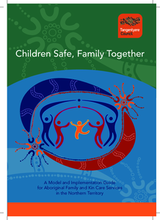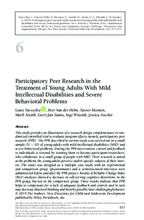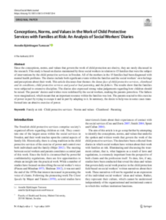Demographic Data
|
Sources: World Bank, UNICEF,UNDP HDR 2015, DHS 2014 |
Displaying 5681 - 5690 of 14390
In this video, Leang Lo, from Save the Children Cambodia, shares some of his learning that informed the development of the Social Work Supervision Training Program for the member organisations of Family Care First (a network dedicated to supporting children to live in safe nurturing family-based care).
Comprised of 12 videos and accompanying discussion guides, this video series features the learning from practitioners working across a range of care-related programs and practices in Cambodia.
‘Children Safe, Family Together', the new family and kin care model outlined in this paper forms an integral part of the overall strategy being currently implemented by Territory Families (TF) to transform Out-of-Home Care in the Northern Territory (NT) and address worrying trend data pointing to the significant over-representation of Aboriginal and Torres Strait Islander children in the NT child protection system.
This House of Commons Library briefing paper considers what help is available for grandparents and other family and friends carers (also known as kinship carers) looking after children where their parents are not in a position to do so.
This chapter highlights the key assumptions underlying Randomized Control Trials (RCTs) and illustrates them with regard to the practice of RCTs in the realm of child and adolescent development.
The purpose of this commentary is to reflect on the utility and possible application of the suggestions and study designs in this special issue to real‐life intervention studies in dynamic context settings.
This study provides an illustration of a research design complementary to randomized controlled trial to evaluate program effects, namely, participatory peer research (PPR). The PPR described in current study was carried out in a small sample (N = 10) of young adults with mild intellectual disabilities (MID) and severe behavioral problems [in residential care in the Netherlands].
This article reports on an exploratory study about maintaining and supporting the cultural identity of children from culturally and linguistically diverse family backgrounds in foster care placements.
This study is based on diaries maintained by three social workers in relation to 15 families that were the subject of interventions by the child protective services in Sweden.
In this article, institutions in Russia, China, Ghana, and Chile are described with reference to the circumstances that lead to children’s institutionalization, resident children’s social-emotional relationships, and unique characteristics of each country’s institutional care (e.g., volunteer tourism in Ghana, and shifting demographics of institutionalized children in China).





